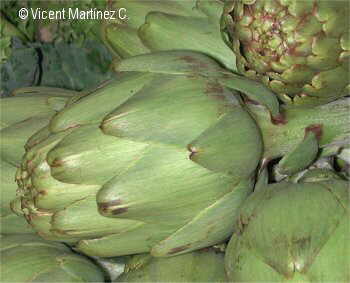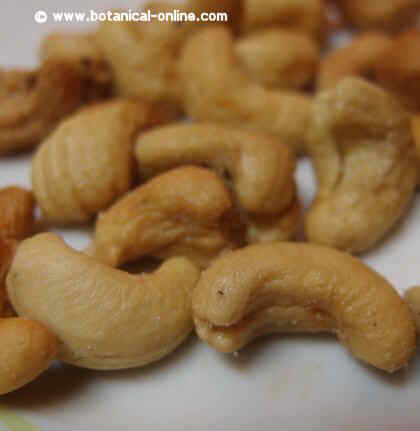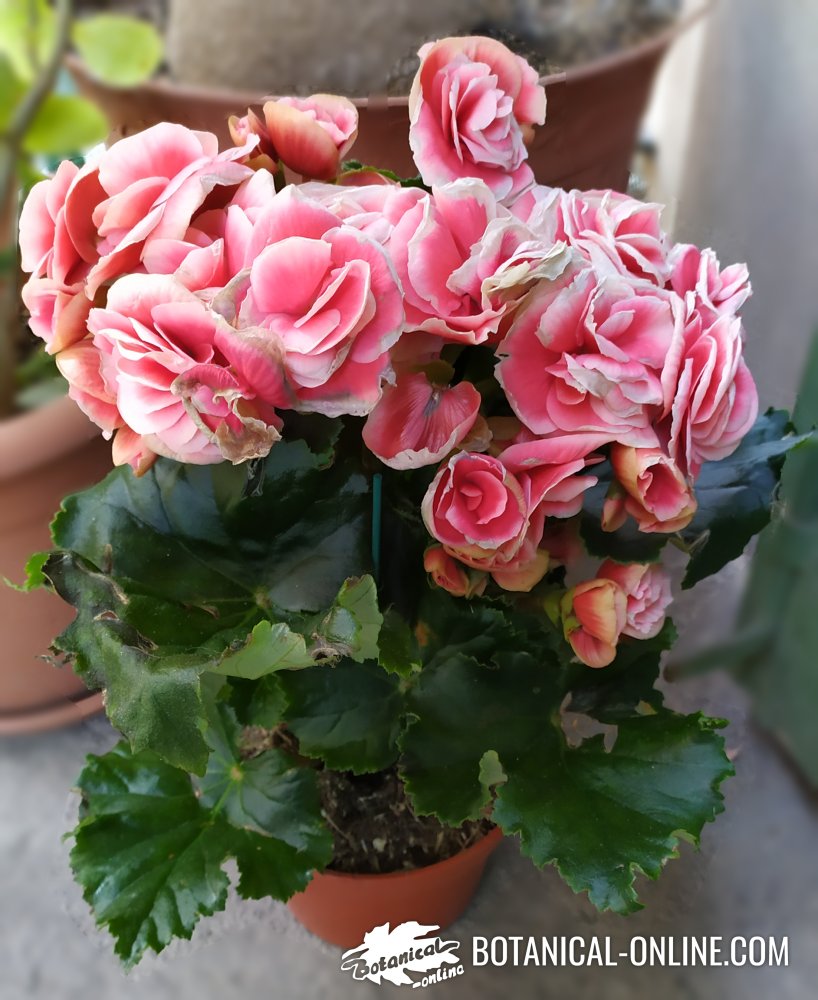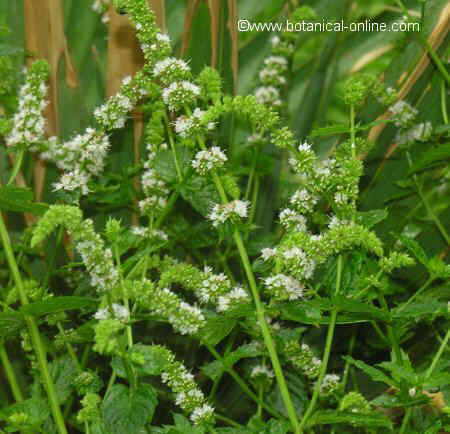Contents
Benefits of agave
MEDICINAL PROPERTIES OF AGAVE
REMEDIES WITH AGAVE
Agave preparations for external use
– Skin lesions: Used externally, it has vulnerary properties so it can be used for skin conditions such as wounds, sores, dermatitis, etc. (Poultice of fresh leaf juice on the affected area)
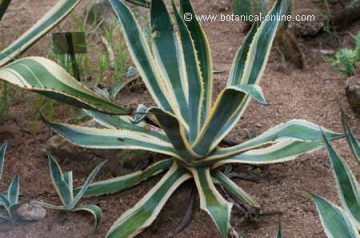
Pine of agave in Oaxaca – Eyewash: The liquid from the infusion of dried leaves can be used as eye drops to reduce eye irritation. (Infusion for 15 minutes of 5 tablespoons of dried leaves per liter of water. Filter and apply to bloodshot, tired or bruised eyes by means of a gauze soaked in this liquid.)
– Hair reinforcer: With the liquid from the maceration of the tender leaves hair can be rinsed after using a natural shampoo. In this way we can revitalize our hair, reduce dandruff or seborrhea and maintain stronger hair, preventing its fall.
Tisanes with agave for internal use
– Fluid retention: The agave diuretic properties are due to its richness in steroidal glycosides, both Hecogenin as saponins. These properties can be exploited to increase the volume of urine expelled. Increase urination is a way to cleanse the body of toxins, avoiding edemas.
Moreover, more diuresis may also be useful in conditions such as gout, rheumatism, arthritis, prevention of kidney stones, etc. (Infusion of 5 tablespoons of dried leaves per liter of water. Take four cups with a little honey.)
Similarly, the above remedy can help in the treatment of obesity.
– Indigestion: In case of indigestion, you can use the infusion of dried maguey leaves to aid digestion. (Infusion of 5 tablespoons of dried leaves per liter of water. Take four cups with a little honey.)
– Liver: In cases of liver failure or liver inflammation, agave helps deflate this body and work better. (Two teaspoons of powder of dried leaves a day, dissolved in water or juice.
– Purifying: A good way to purify the blood is to make a decoction for 15 minutes and a half teaspoon of dried root per cup of water. Take the resulting liquid at 4 or 5 doses throughout the day. This remedy is very useful if to cleanse the blood after a season of diets rich in meat, seafood, etc.
It is an appropriate treatment in case of jaundice and has been traditionally used to fight syphilis.
– Cancer: The cleansing properties of agave could be useful in preventing the development of cancerous tumors, especially prostate cancer in men and breast cancer in women. (Infusion of 5 tablespoons of dried leaves per liter of water. Take a couple of cups a day)
Agave toxicity
According to some experts, this plant should not be used as a medicinal home remedy, because it is a species whose juice, in external use, is irritating to the skin and in internal use, it produces digestive problems.
Do not use for pregnant or lactating women.
How many species of agave are there?
There are about 200 species of maguey worldwide. These include the following:
– Agave americana
– Agave tequilana
– Agave attenuata
– Agave angustifolia
– Agave potatorum
– Agave vivipara
– Agave filifera
– Agave bracteosa
– Agave parryi
– Agave fourcroydes
– Agave sisalana
![]() More information on agave.
More information on agave.

